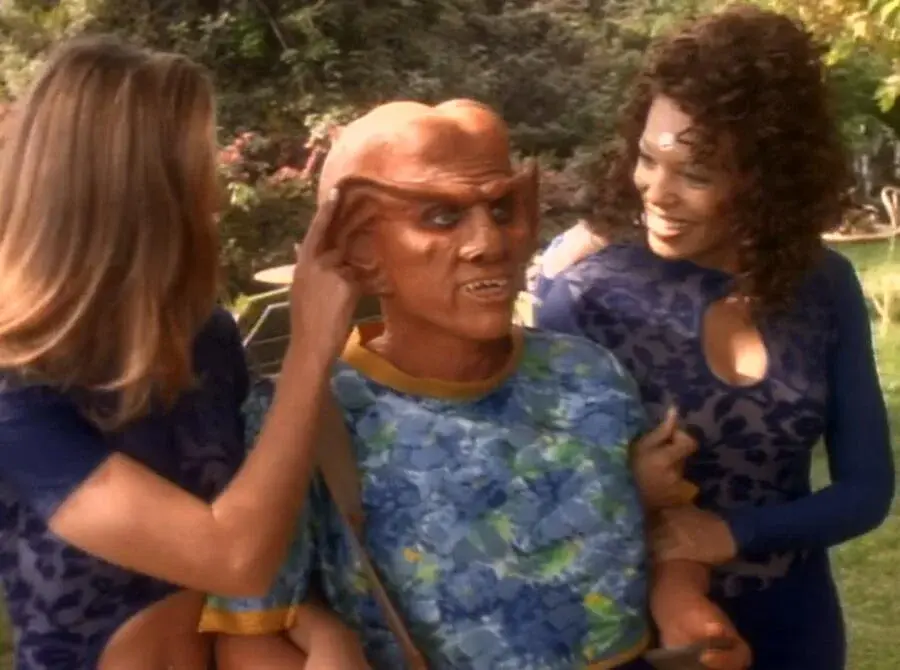With no perceivable latency, either. Yeah, right. Nice try illuminati.
I’m amazed at how little latency we have in our calls to the other side of the world. Technology is amazing.
The earth’s diameter is about 12.700km. that’s 12.700.000m.
Assuming it were a perfect sphere (it isn’t, but that shold give an estimate), the distance on the surface “to the other side of the world” would be
180°/360°*pi*12.700.000m=19.949.113m- also assuming not using satellite communications.Phone signals will either travel as electric fields in copper cables, as radio waves or as light waves in a fiber channel. All cases travel with speed of light
c=299.792.458 m/sThat means, that the time to send the signal to the other end of the world takes about
19.949.113m/299.792.458 m/s = 0,0667s. Now add a few electronic components on there to refresh the signal or transfer it from one medium to another (e.g. the radio tower receiving the RF signal and sending it via fibre out). All of these add a few milliseconds - that’s in the range of 0,001s to 0,01s.You usually start to notice that sound is delayed for movies when it’s more than 0,2s delayed - and that’s with the visual cues. While calling someone, you cannot see them which gives even more leeway. So you probably won’t really notice the delay in those calls.
Speed of light in glass is about 2/3c. Internet routing does not follow great circle routes either, so add an extra 20% fudge factor for that.
From experience, voice calls sometimes get extra latency added in for no good reason whatsoever. Calling again usually resolves the issue.
So while there’s a bit more delay, despite being noticeable it doesn’t change how you talk on the phone.

WHAT?? NO, NO, I’M IN THE LIBRARY! THE LIBRARY!! OK, CIAO!
Long distance calls are sometimes routed over geostationary satellites. These signals travel for 2x40,000km which leads to a very noticeable delay of ¼ of a second, the answer will reach you ½ a second later than usualy, which feels very odd.
At least that was the case in the 1990s, when I used the POTS to call long distance. Nowadays I’d assume most of that is routed over the Internet, which uses undersea cables and thus is usually much faster than that.Don’t forget the velocity factor of regular copper wire is somewhere on the order of 95%.
And if it’s coaxial copper, then it’s closer to 80%, and in some cases as bad as 50%.
Science is weird.
Even more amazing that often most of that latency is just the time it takes light to fly down some fiber optic cables lying on the seafloor.
I disagree. Landlines used to have near zero latency, modern phone calls often have north of 100ms.
Latency is very perceivable. Try synchronising a beat over the phone.
You could type a bunch of words and click a button and send those words to another device for ONLY 10¢. Yeah right knights of the old republic!
‘If I touch my phone in a specific way, I can make pizza appear at my door.’
- Anna Kendrick
Next thing you’ll tell me is I can get text and images from someone half way around the world I’ve never even met.
Smh my head




